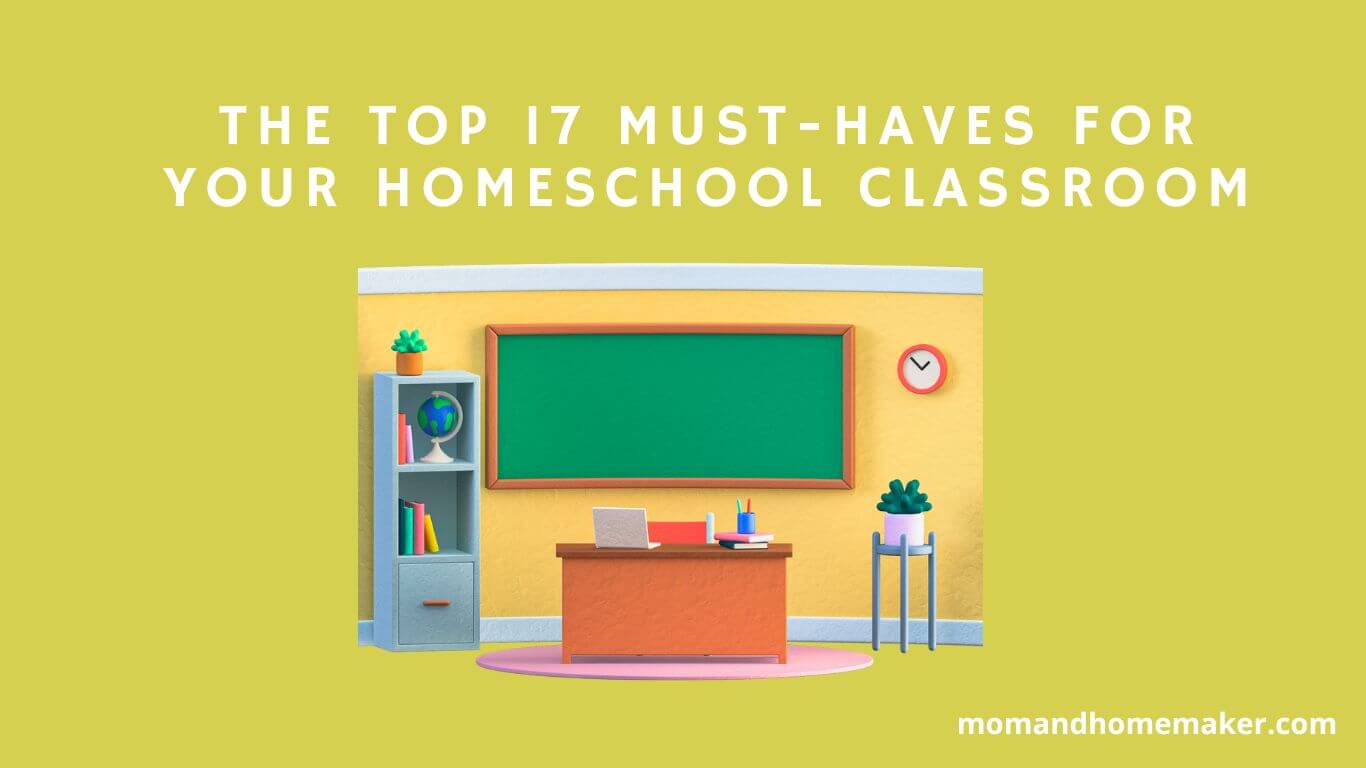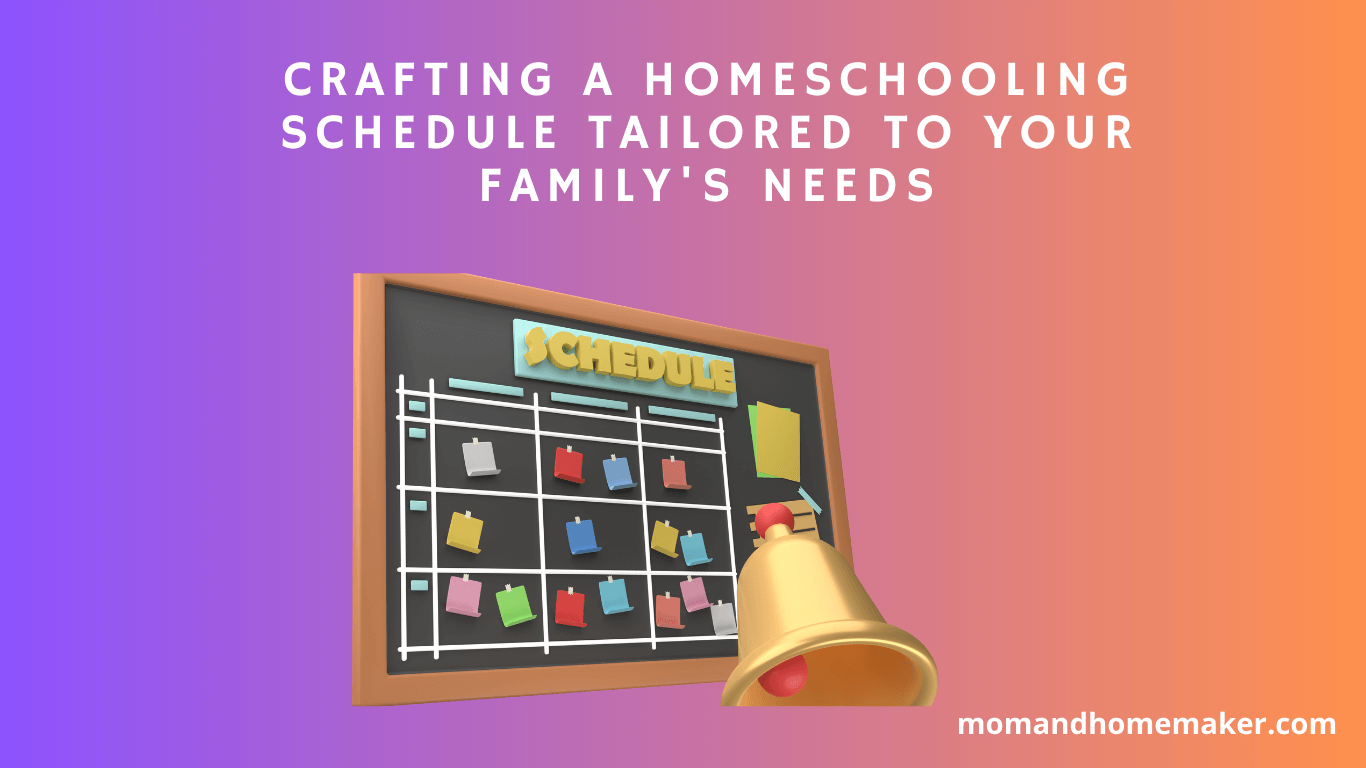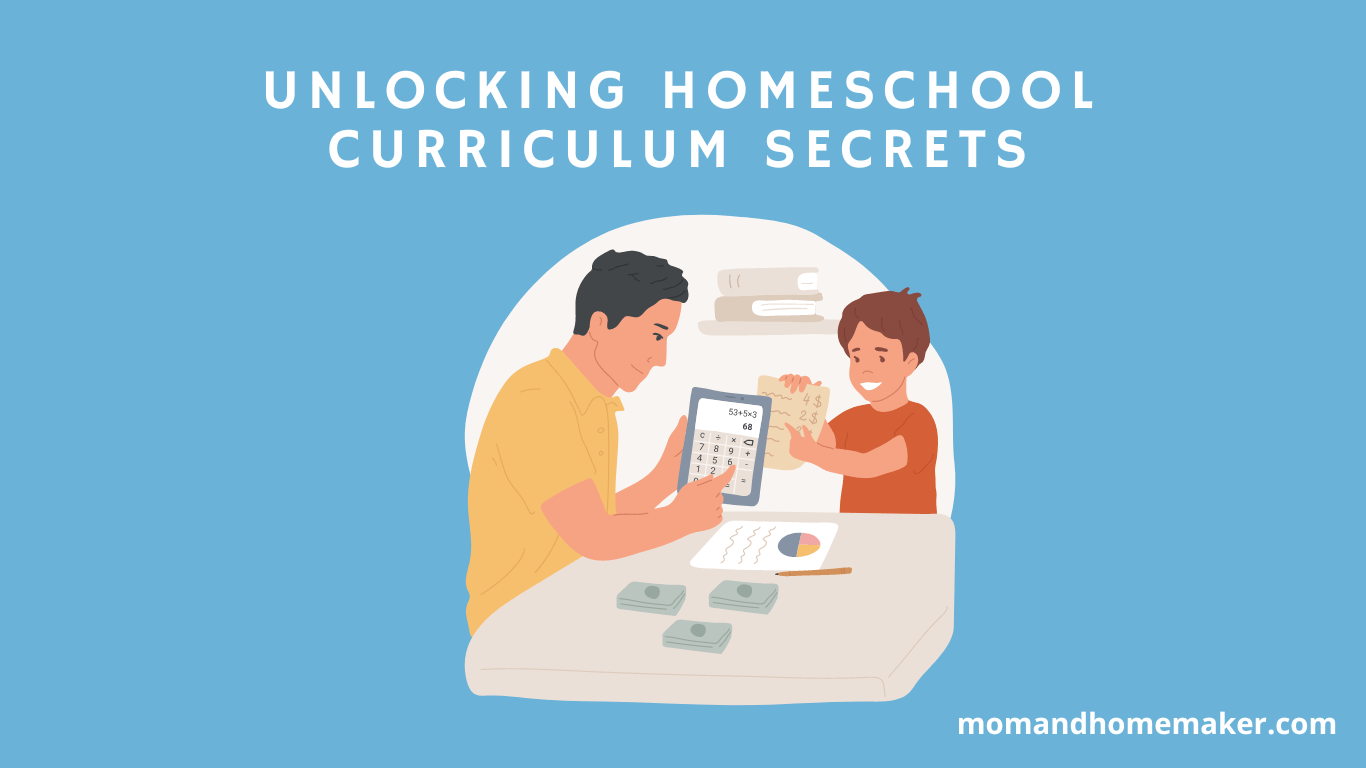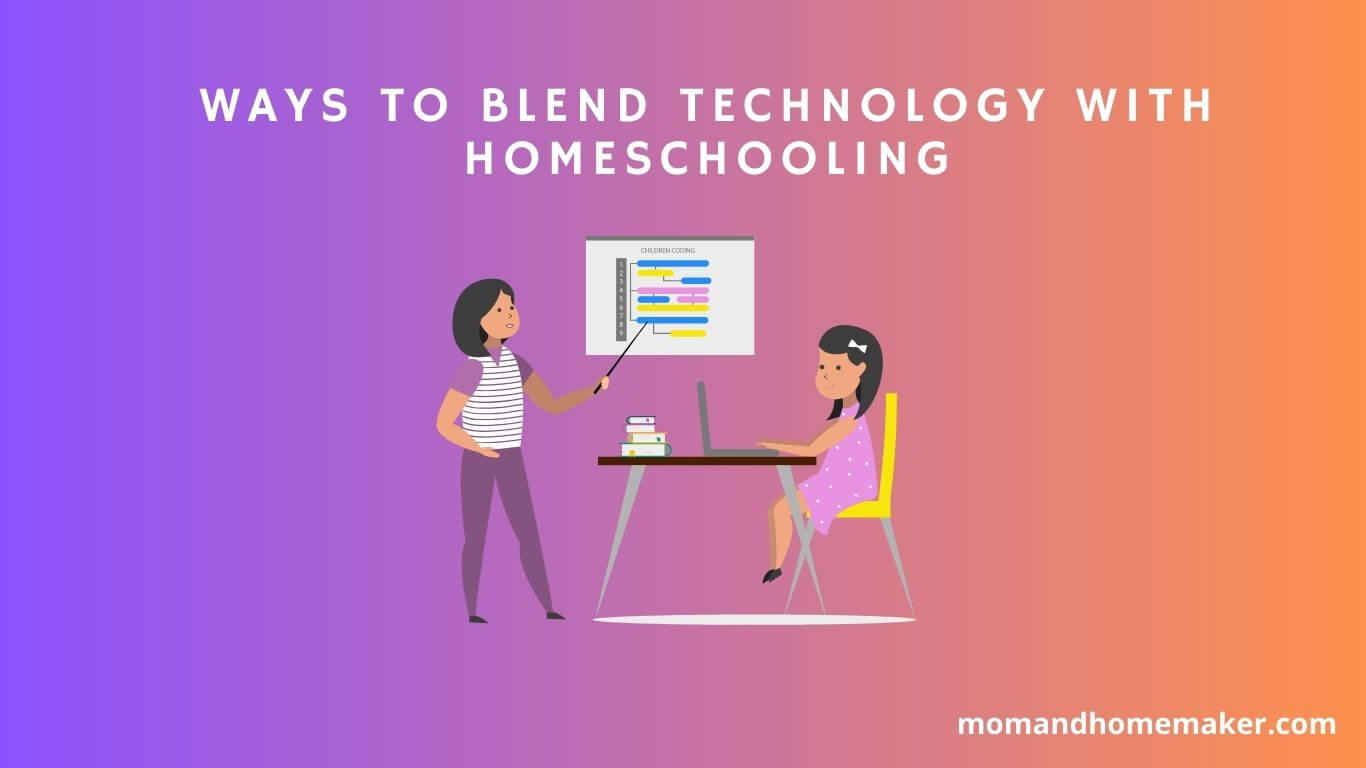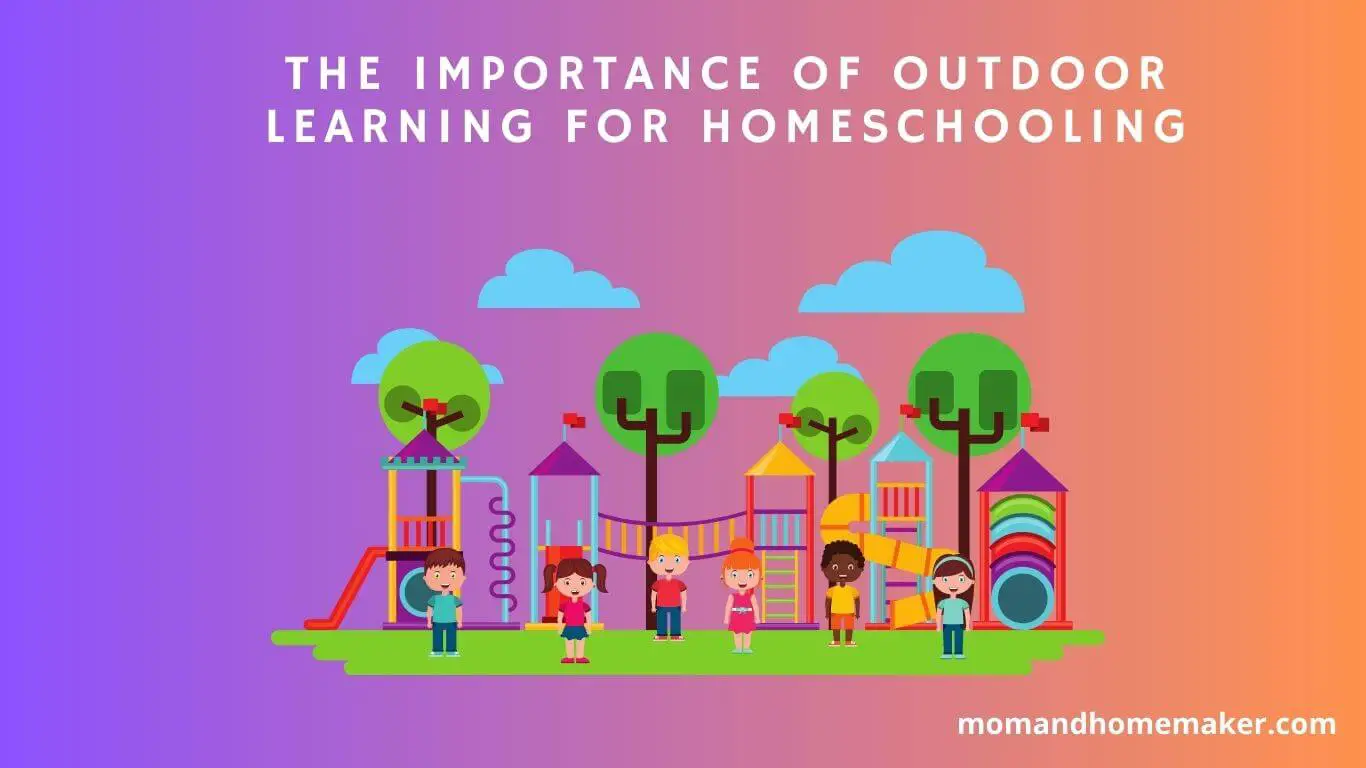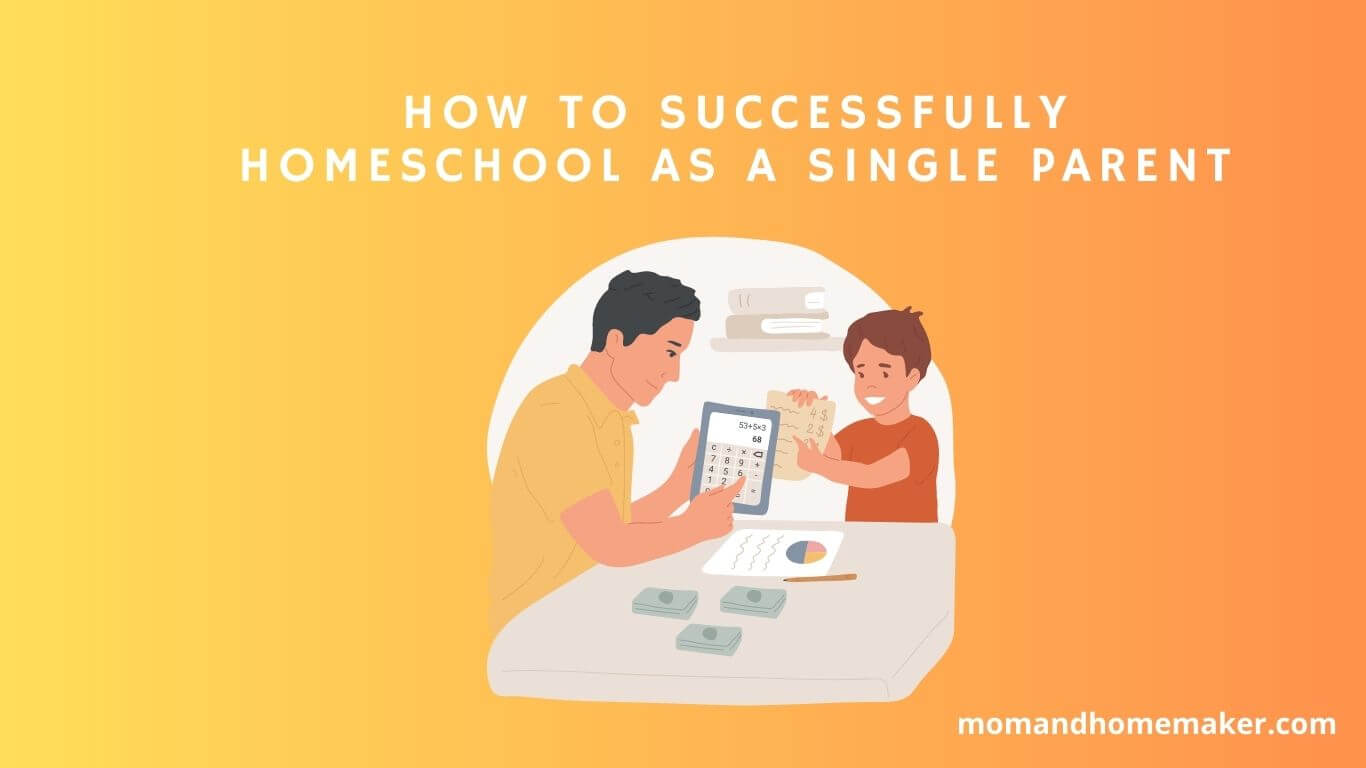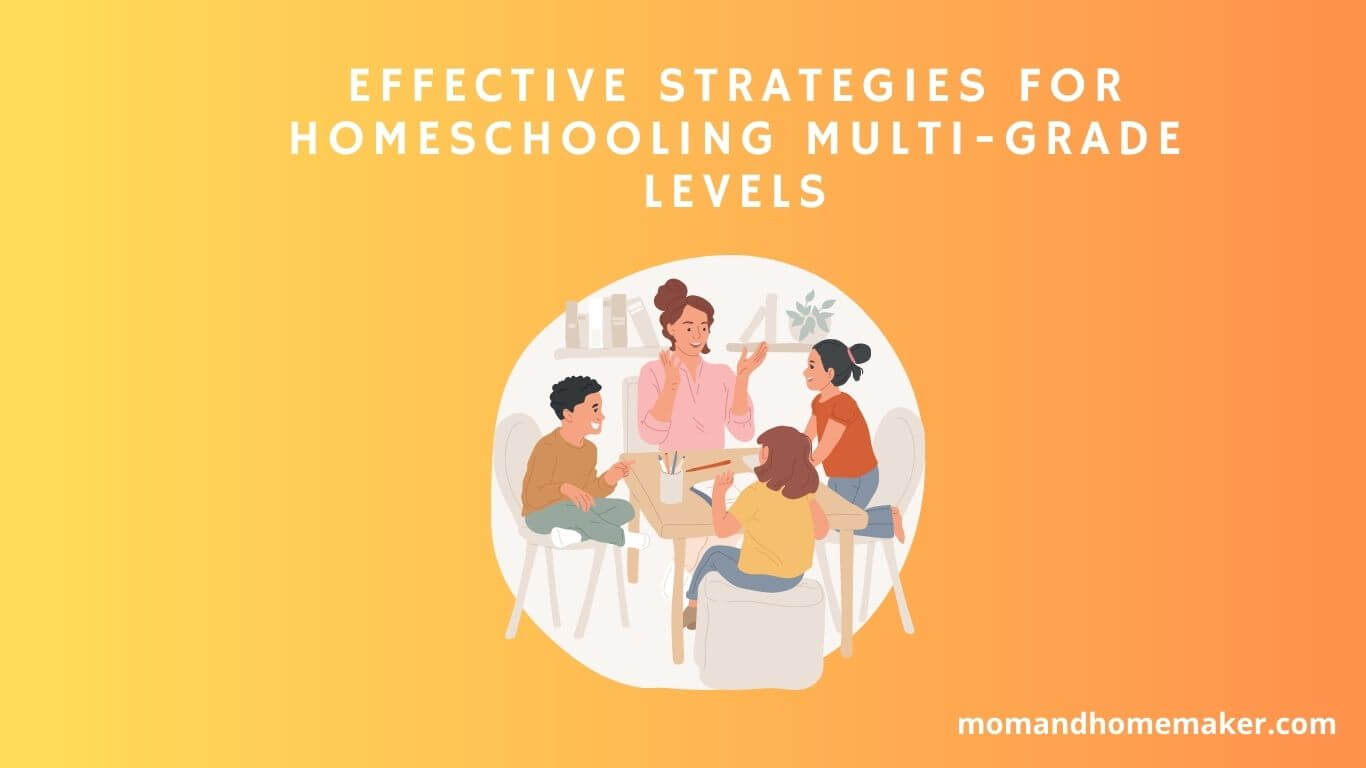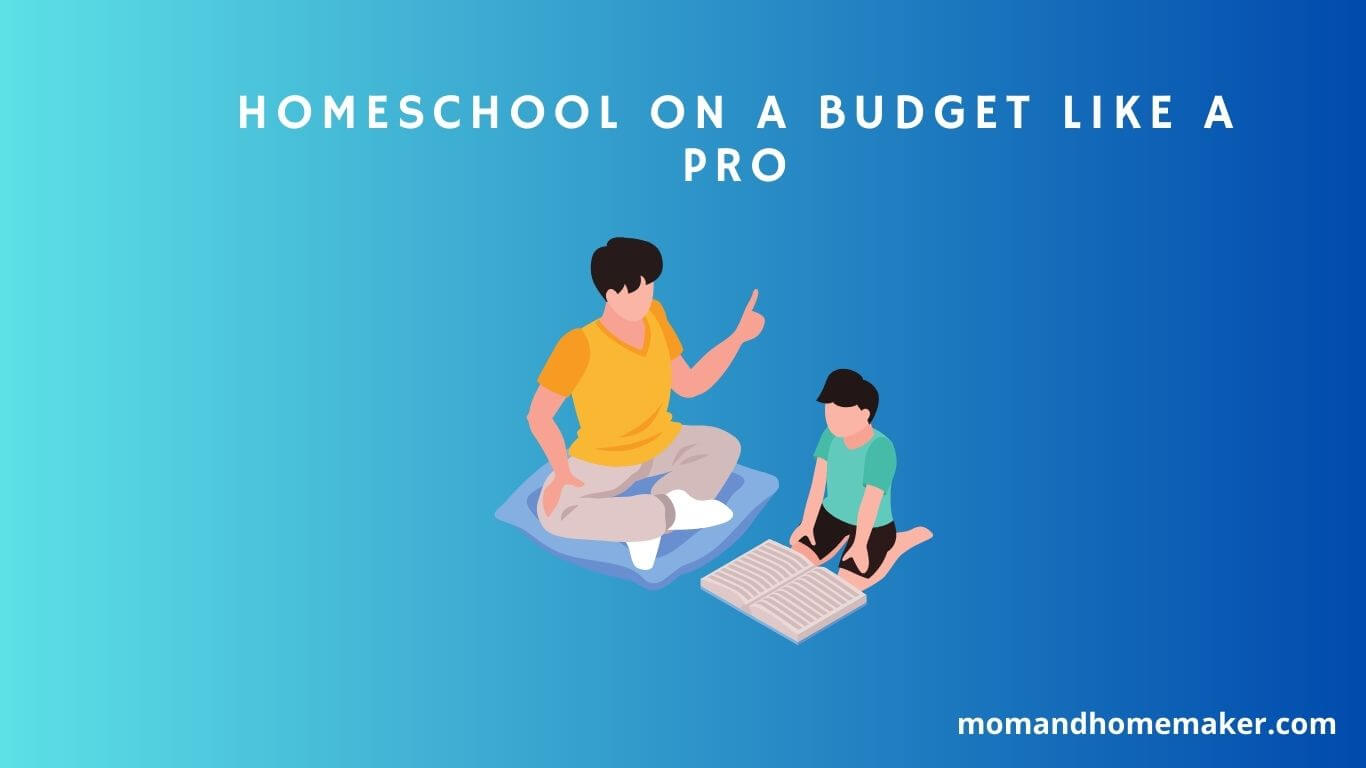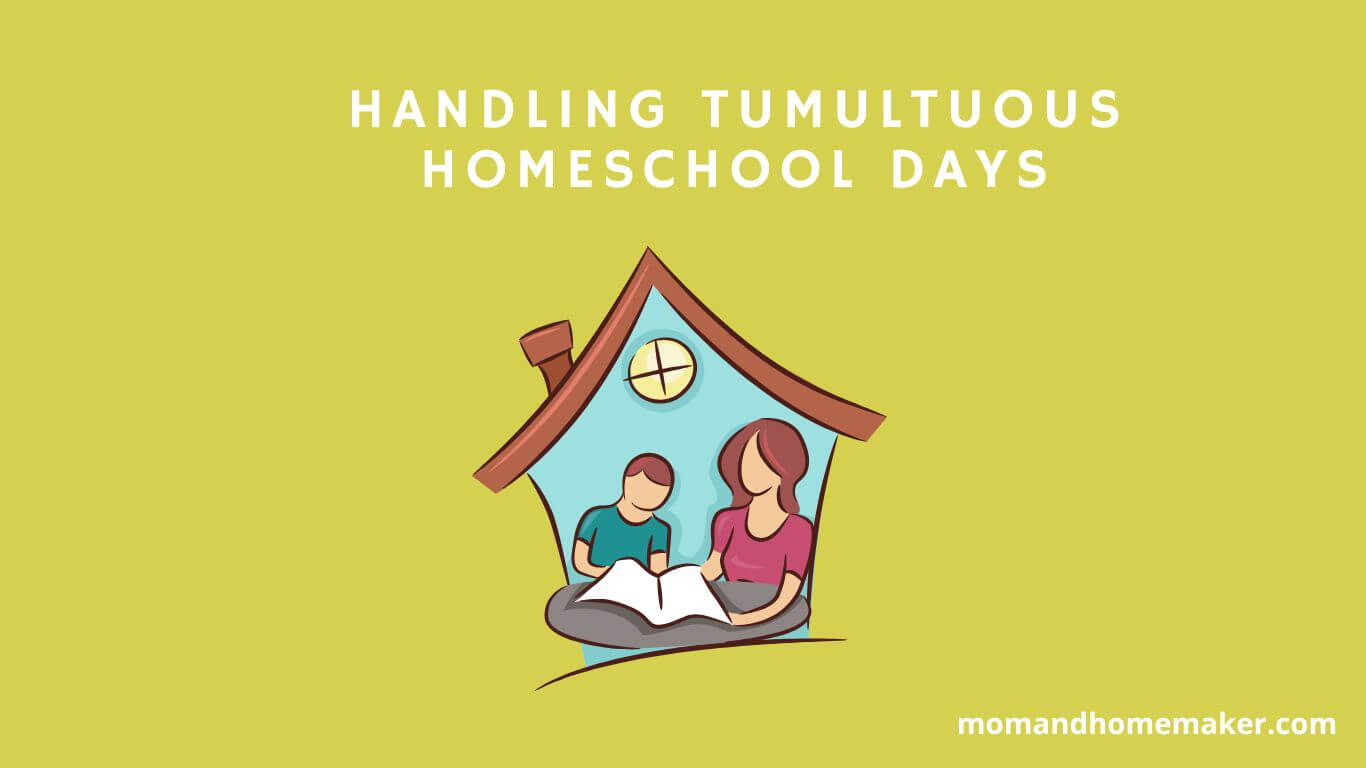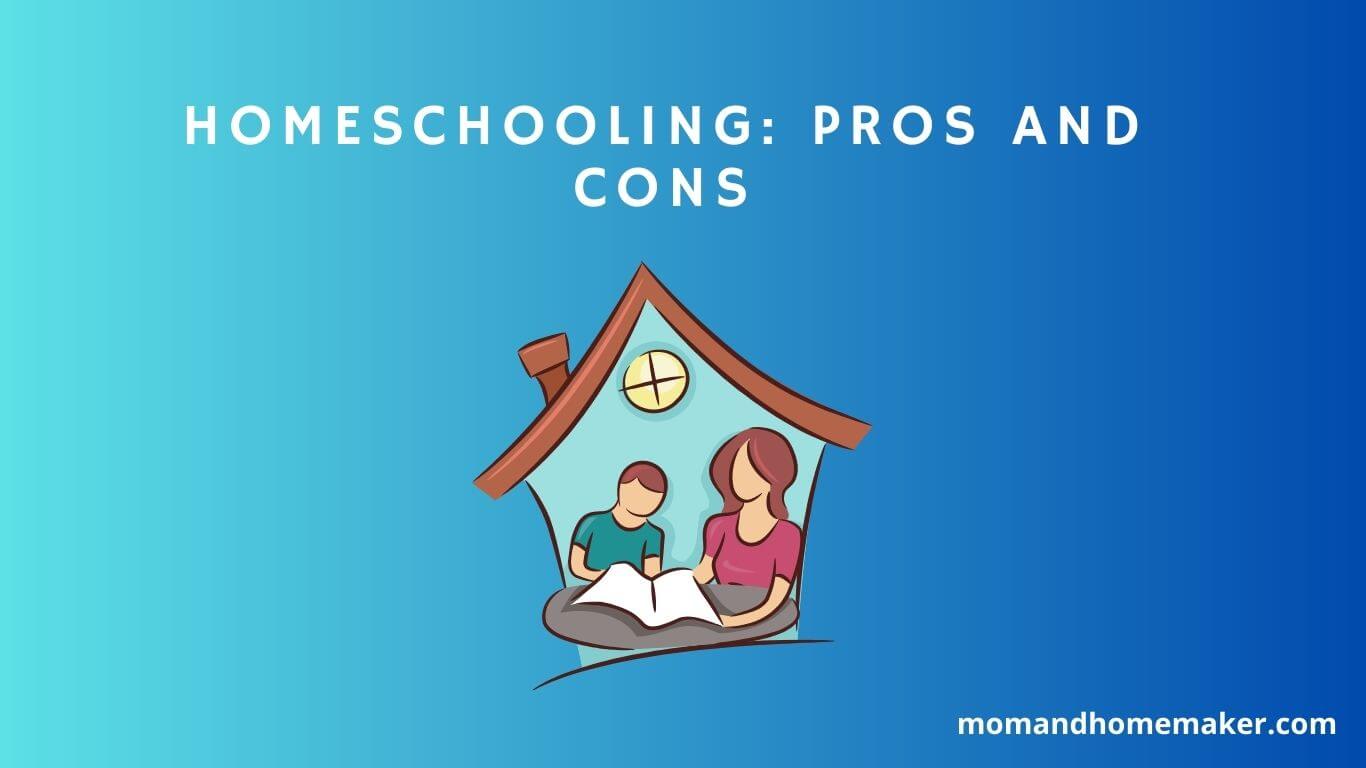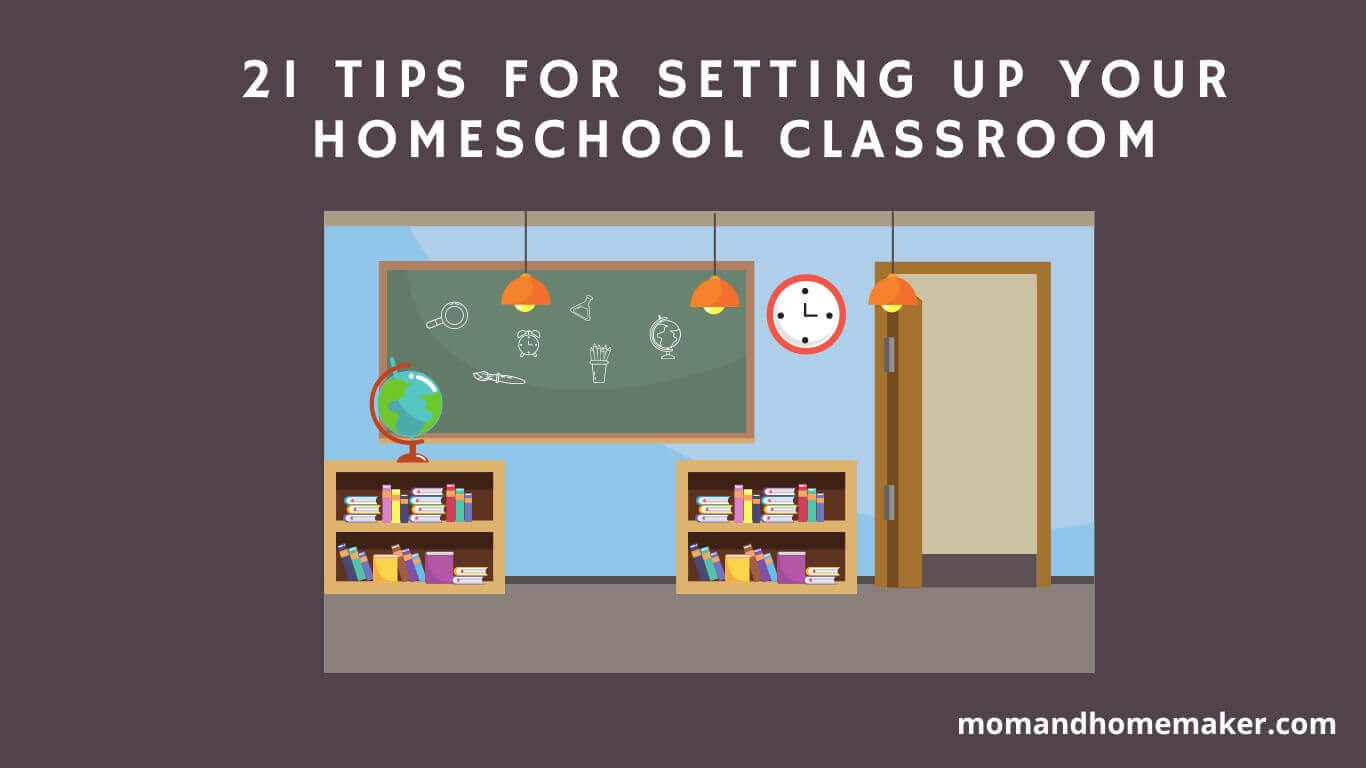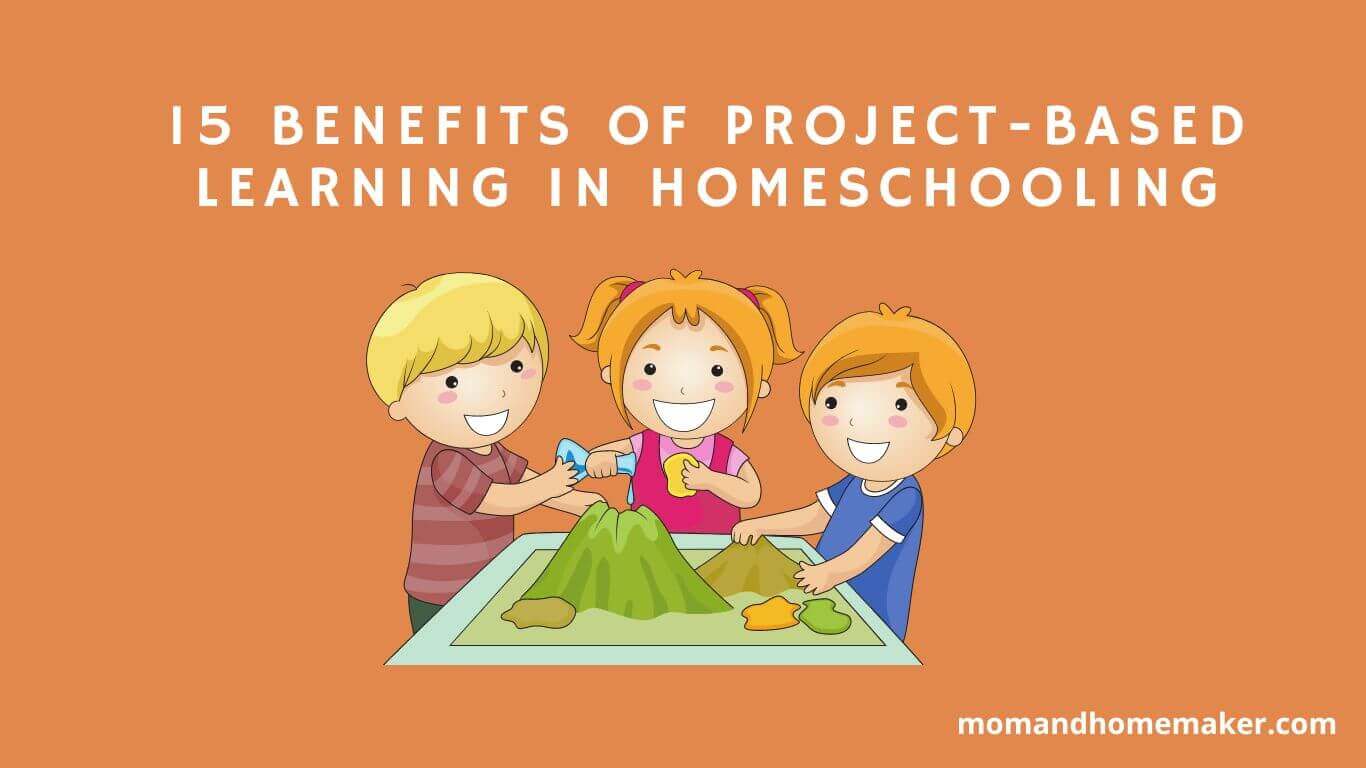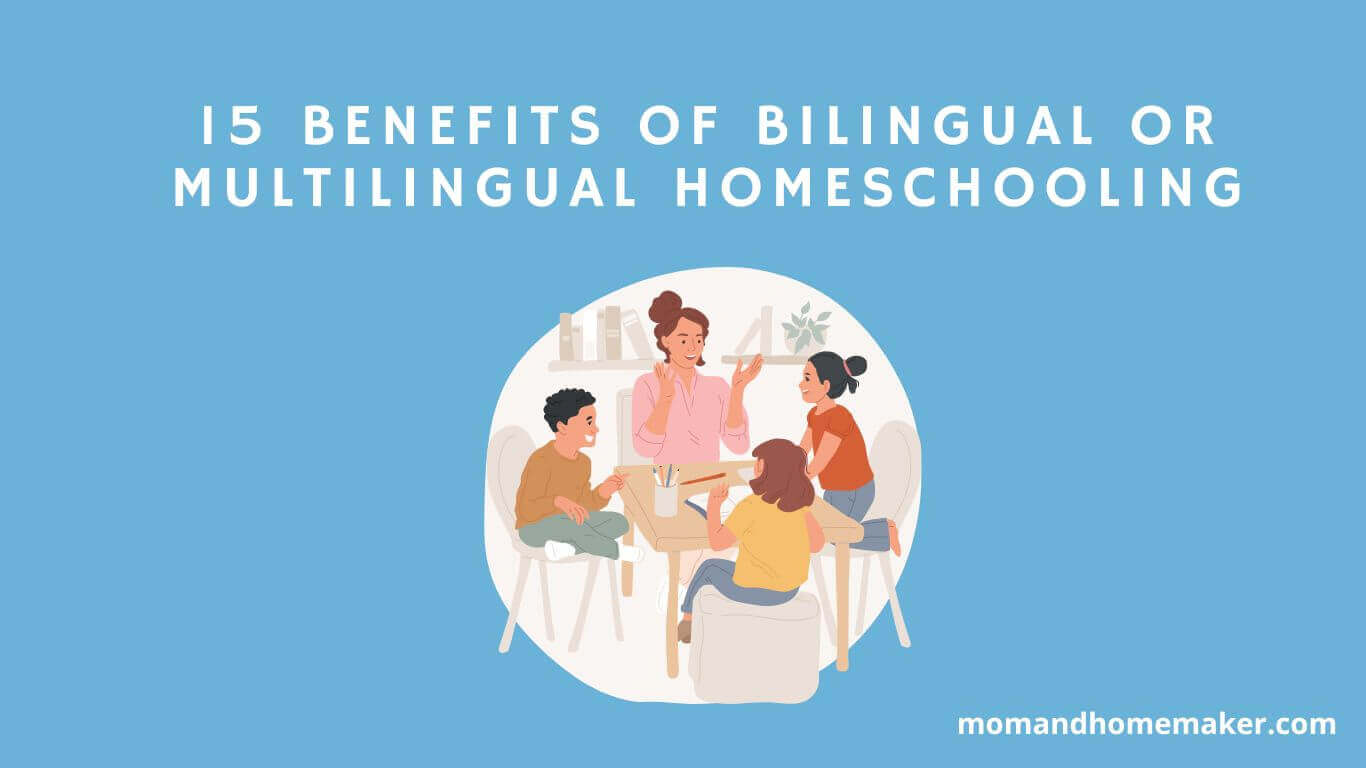Are you planning to start homeschooling your children? Congratulations! Homeschooling is a wonderful way to provide a quality education for your children while also spending more time together as a family. However, setting up a homeschool classroom can be overwhelming. You want to make sure you have everything you need to create an environment that is conducive to learning and growth.
In this article, I will share with you the top 17 must-haves for your homeschool classroom, based on my own personal experience and the recommendations of other homeschoolers. First and foremost, it’s important to remember that every family has different needs when it comes to homeschooling. What works for one family may not work for another.
That being said, there are some basic items that every homeschool classroom should have. These include things like a comfortable workspace for each child, age-appropriate books and learning materials, and organizational tools such as shelves or bins.
Table of Contents
Must-Haves for Your Homeschool Classroom
1. Laptop Or Desktop Computer
Did you know that over 60% of homeschooling families use a computer to aid in their children’s education? With so many options available, it can be overwhelming to decide whether a laptop or desktop computer is best for your homeschool classroom.
Both laptops and desktops have their pros and cons. Laptops are portable and can be moved from room to room or even taken on the go. They also take up less space than a desktop. However, they tend to have smaller screens and may not have as much storage or processing power as a desktop.
Desktops, on the other hand, offer more power and storage capacity but are less portable. No matter which option you choose, it’s important to properly maintain your computer for optimal performance. Regularly cleaning the keyboard and screen, keeping software updated, and running virus scans are all essential maintenance tips.
When it comes to budget options, refurbished computers can be a cost-effective choice without sacrificing quality. Ultimately, the choice between a laptop or desktop comes down to personal preference and specific needs for your homeschool classroom.
When it’s time to print out assignments or documents for your homeschool classroom, having a reliable printer is key. Let’s take a look at some of the top options for printers in your homeschool setup.
2. Printer
I can’t imagine homeschooling without a printer. It’s been such a lifesaver for us. The benefits of having a printer are endless. Not only can you print out lesson plans, worksheets, and activity sheets, but you can also print out educational games and projects that your kids can enjoy.
Choosing a printer might seem overwhelming at first, but it doesn’t have to be. There are so many options out there, from laser printers to inkjet printers. Consider your budget and what types of documents you’ll be printing most frequently. It’s also important to think about whether you want a wireless printer or one that connects directly to your computer.
Maintaining your printer is crucial if you want it to last for years to come. Be sure to clean the printhead regularly and replace any empty ink cartridges promptly. You should also store extra paper and ink in a dry place to prevent them from getting damp or moldy.
3. Whiteboard Or Bulletin Board
When it comes to classroom wall decor, these two options are often the go-to choices for many educators. An interactive whiteboard allows you to display digital content and manipulate it with your finger or a special stylus. It’s a great tool for engaging students and making lessons more interactive.
On the other hand, a traditional bulletin board provides a physical space for displaying student work, important announcements, and other visual aids. Both options have their pros and cons. An interactive whiteboard can be expensive and may require additional training to use effectively. A traditional bulletin board can be limiting in terms of space and can become cluttered quickly if not properly maintained.
Ultimately, it comes down to personal preference and the needs of your classroom. When choosing between an interactive whiteboard and a traditional bulletin board, consider factors such as cost, ease of use, space limitations, and maintenance requirements. Remember that both options have their advantages and disadvantages, so weigh them carefully before making a decision.
4. Chalkboard Or Dry Erase Board
When it comes to teaching, technology has become an integral part of the classroom. However, there’s something about writing on a board that simply cannot be replaced by computers or tablets. A chalkboard or dry-erase board is a staple in any homeschool classroom. It provides a tangible and interactive way for students to learn and engage with the material.
I remember when I was in school, my favorite teachers were the ones who used the board extensively. They would draw diagrams and write out formulas while explaining complex concepts. It made learning much more memorable and exciting. Now as a homeschool teacher myself, I try to incorporate this same level of interactivity into my lessons by using a chalkboard or dry-erase board.
So if you haven’t already invested in a chalkboard or dry-erase board for your homeschool classroom, I highly recommend doing so.
5. Erasers, Chalk, And Markers
When it comes to writing tools, homeschooling parents have a lot of options to choose from. Interactive whiteboards, colored pencils, highlighters: which ones are the best? For our family, we’ve found that a combination of dry-erase markers and colored pencils work perfectly for our needs.
Dry-erase markers are great for working through math problems or drawing diagrams, while colored pencils come in handy for art projects and note-taking.
Now, let’s talk about chalkboards vs. dry-erase boards: which one is better for your homeschool classroom? This comes down to personal preference. While chalkboards can be messy and require frequent cleaning, they’re also more affordable and provide a classic feel to the classroom atmosphere. On the other hand, dry-erase boards are cleaner and easier to use but tend to be more expensive. We personally prefer dry-erase boards because they’re low-maintenance and versatile.
Eraser alternatives and DIY marker refills are cost-effective solutions for homeschooling supplies. Instead of buying new erasers every time they wear out, try using an old sock or piece of felt as an eraser. To refill your dry-erase markers, mix together equal parts rubbing alcohol and water then pour it into the marker until it’s full again. These simple hacks will save you money on supplies in the long run.
6. Desk And Chair
Finding the perfect combination of these two items can make or break your homeschooling experience. You’ll want to choose a desk and chair that are comfortable enough for long periods of sitting, but also functional for different types of learning activities. When considering desks and chairs, ergonomic factors should be at the forefront of your mind.
Look for chairs with adjustable heights and backrests that support good posture. Desks should also be adjustable in height and have ample storage space for books, supplies, and technology. A good rule of thumb is to choose a desk that is at least as wide as your child’s arm span.
If you’re feeling crafty, there are also plenty of DIY options for desks and chairs. You could repurpose an old piece of furniture or build something from scratch using inexpensive materials from the hardware store. Just be sure to prioritize comfort and functionality over aesthetics when designing your workspace.
7. Bookshelves
I love having bookshelves in my homeschool classroom. Not only do they provide a practical storage solution for all of our books and materials, but they also add a decorative touch to the room.
Organizing books can be a daunting task, especially when you have a lot of them. I like to sort our books by subject and then alphabetize them within each category. This makes finding the right book for our lessons much easier. We use some of the shelves for displaying collectibles that relate to what we’re learning about.
When it comes to displaying collectibles on your bookshelves, there are many possibilities. We like to showcase things like fossils, seashells, and historical artifacts that tie into our lessons. It’s a great way to make learning more hands-on and engaging for kids.
- Use baskets or bins on lower shelves for storing larger items
- Incorporate decorative bookends to keep books upright and add visual interest
- Consider using adjustable shelving to accommodate different-sized materials
- Add some fun lighting with string lights or battery-operated candles
Having a well-organized workspace is crucial for staying focused and productive during homeschool lessons. With some careful consideration and planning, you can create a comfortable and functional learning environment for both you and your child.
8. School Supplies
With so many school supply options out there, it can be overwhelming trying to decide what you need. But don’t worry – I’ve got some tips and tricks up my sleeve for making this process easy and stress-free. As we dive deeper into the essentials for your homeschool classroom, let’s not forget about the importance of having the proper school supplies. A well-stocked pencil case, a variety of highlighters, and reliable textbooks are just a few of the items that should be on your shopping list.
When it comes to online resources, there are endless possibilities. From educational websites to interactive learning games, the internet is a goldmine for homeschooling families. Manipulatives are another valuable tool for hands-on learners. Whether it’s counting blocks or science experiments, these tactile materials can enhance any lesson.
Curriculum planning can be overwhelming at times, but with the right tools, it can also be enjoyable. Planning software and pre-made lesson plans take some of the stress off parents and allow for more time spent teaching. Organization tools like binders and file folders keep everything in its place, while an abundance of paper products ensures you’ll never run out mid-lesson. And let’s not forget about calculators – a necessity for math lessons.
With all these supplies at hand, your homeschool classroom is sure to be fully equipped for success. But what good are all these materials without comfortable seating? Let’s take a look at how to create a cozy learning space in our next section.
9. Comfortable Seating
When it comes to homeschooling, comfort is key. As a teacher and parent, you want your children to feel relaxed and at ease while learning. And one of the most important elements of a comfortable classroom is seating. But with so many options available, which type of seating is best for homeschooling? Ergonomic chairs, bean bags, or cushioned seating?
Ergonomic chairs are designed to support good posture and prevent back pain. They often have adjustable features such as height and lumbar support. While they may not be the most stylish option, they can be a great choice for children who need extra support while sitting for long periods of time.
Bean bags are a fun and versatile seating option that can be moved around easily. They offer a cozy place for reading or relaxation but may not provide enough support for extended periods of focused work.
Cushioned seating, such as floor cushions or soft chairs, can provide a comfortable and relaxed environment for learning. These options are especially great for younger children who may need to move around more during lessons.
When designing your homeschool classroom, consider these tips and tricks for choosing the right seating:
- Determine your child’s needs: Do they require extra back support? Do they fidget frequently?
- Think about the activities you’ll be doing: Will you be doing lots of writing or computer work? Will there be times when you gather together for group discussions?
- Create a cozy atmosphere: Incorporate soft lighting and warm colors into your classroom design to promote relaxation and focus.
By incorporating comfortable seating into your homeschool classroom, you’ll create an environment where learning feels less like homework and more like a cozy retreat.
10. Art Supplies
While this may seem like a basic necessity, having the right materials can make all the difference in sparking creativity and making learning more enjoyable. And let’s be real, who doesn’t love a good DIY project? When it comes to art supplies, there are plenty of budget-friendly options out there. Don’t feel like you have to break the bank to provide your children with high-quality supplies. There are plenty of creative art ideas that can be done with just a few simple materials.
For example, instead of buying expensive canvases, try using cardboard or old t-shirts as a base for painting projects. Another great way to save money on art supplies is by making them yourself. You can find countless tutorials online for creating everything from homemade playdough to natural dyes for tie-dyeing projects. Not only is this a fun bonding experience with your children, but it also teaches them valuable skills and encourages resourcefulness.
Incorporating DIY projects and budget-friendly options into your art supply collection not only saves you money in the long run but also allows for more creativity and experimentation. So don’t be afraid to get crafty and think outside the box when it comes to providing your homeschool students with the tools they need to unleash their inner artists!
11. Technology
Nowadays, technology plays a crucial role in education, and homeschooling is no exception. Online resources, educational apps, and digital textbooks are essential tools for any homeschool classroom. I cannot imagine teaching my children without these technological advancements.
Online resources provide endless possibilities for learning. From virtual field trips to interactive games, the internet offers an abundance of educational material that can bring any subject to life. We have used online resources to explore ancient civilizations, learn about scientific discoveries, and even practice foreign languages.
Educational apps make learning fun and exciting for children. My kids love using apps such as Duolingo to practice their Spanish or Mathletics to improve their math skills. These apps are designed with engaging graphics and interactive activities that help keep children motivated and interested in learning.
12. Toys And Games
As the saying goes, ‘All work and no play makes Jack a dull boy.’ The same can be said for homeschooling. While it’s essential to have a structured learning environment, incorporating interactive toys and educational games can break up the monotony and add an element of fun.
Interactive toys like building blocks, puzzles, and board games encourage critical thinking, problem-solving skills, and creativity. Lego sets are perfect for children who love to build things while also developing fine motor skills. Puzzles are excellent for cognitive development and hand-eye coordination. Board games such as Chess or Scrabble promote strategic thinking and vocabulary building.
Outdoor activities are also crucial in fostering an active lifestyle while providing opportunities for physical exercise. Activities like hopscotch, jump rope, frisbee, or soccer are great ways to incorporate movement breaks during the school day. It’s also beneficial for children to get fresh air and sunshine as part of their daily routine.
Educational games like math bingo or sight word matching games can make learning fun while reinforcing essential concepts taught in the classroom. These types of games help children retain information better than traditional methods of memorization through repetition.
Incorporating interactive toys, educational games, and outdoor activities into your homeschool classroom can provide a much-needed break from structured learning while still reinforcing important concepts.
13. Learning Aids
When it comes to homeschooling, having the right learning aids can make all the difference. As a homeschooling parent myself, I’ve found that there are two main categories of learning aids: manipulatives and technology.
While some families prefer the tactile nature of manipulatives like blocks and puzzles, others find that technology tools like educational apps and online resources are more effective for their children’s learning style. Another factor to consider is whether to go with DIY or store-bought learning aids.
For families on a budget or those who enjoy crafting, making your own manipulatives can be a fun and cost-effective way to enhance your child’s education. On the other hand, store-bought options often come with teacher manuals and lesson plans already included, which can save time and provide structure for those who prefer it.
Lastly, there’s the choice between traditional vs. innovative learning aids. Traditional options like flashcards and workbooks have been used for generations with great success. However, newer technologies such as interactive whiteboards and virtual reality programs offer exciting opportunities for exploration and engagement in the classroom.
In my experience, finding the right mix of learning aids is key to creating an effective homeschooling environment. It’s important to take into account your child’s unique needs and preferences when selecting manipulatives or technology tools, as well as considering factors like budget and personal preference.
14. Maps
I absolutely love using maps in my homeschool classroom. There are so many different types of maps to choose from, and they offer endless possibilities for learning. From world maps to local maps, there is something for everyone.
We often use maps to study geography, but they can also be used in history lessons or even as a fun decoration. When it comes to decorative options, the sky’s the limit! You can choose from traditional paper maps or opt for a more modern approach with digital maps.
Some of my favorite decorative map options include vintage-style wall maps or colorfully illustrated maps. Not only do these add some personality to our homeschool room, but they also serve as great conversation starters.
Interactive features are another reason why I love using maps in our homeschool classroom. Many modern digital maps allow us to zoom in and explore different areas of the world up close. We’ve also used scratch-off world maps where we can scratch off countries we’ve visited or learned about. These interactive features make learning about geography so much more engaging and fun!
15. Music
Not only does music add an extra layer of fun to our day, but it’s also incredibly beneficial for my children’s development. When selecting a music curriculum, I like to find one that is engaging and interactive. We’ve had great success with programs that incorporate games and hands-on activities.
Instrument selection is also an important consideration when teaching music in the homeschool setting. While we don’t have room for a grand piano or drum set, we do have smaller instruments such as recorders, ukuleles, and rhythm sticks. These instruments are perfect for little hands and help to develop fine motor skills as well.
In addition to learning how to play instruments, I think it’s important to incorporate music history lessons into our curriculum. Learning about different composers and styles of music helps my children appreciate the art form even more. We often listen to classical music during quiet times throughout the day, which has also been shown to improve focus and concentration.
16. Reading Nook
As we finish up our music section, it’s time to move on to the cozy corner of your homeschool classroom – the reading nook. This is where your kids can curl up with a good book and get lost in another world. A reading nook doesn’t have to be big or fancy, just a comfortable spot with plenty of books nearby.
One great addition to your reading nook is a collection of reading buddies. These are stuffed animals or dolls that your child can read to or with. They provide comfort and companionship during story time and can even act out scenes from the book. Plus, kids love having an audience for their reading skills!
To make storytime even more exciting, incorporate some fun storytime activities into your routine. This could include acting out parts of the story, making crafts related to the book, or even cooking a recipe inspired by the story. Get creative and have fun with it!
- A cozy rug or bean bag chair
- A variety of age-appropriate books
- Reading buddies for companionship
17. Plants And Decorations
Plants and decorations bring a touch of nature inside and make the space feel more inviting. Indoor gardening is a great way to teach children about taking care of living things, and it can also be a fun activity for the whole family. One of my favorite indoor gardening activities is growing herbs. Not only do they smell amazing, but they can also be used in cooking lessons or even for making homemade remedies. You don’t need a lot of space either; even just a small windowsill can work.
DIY decorations are another fun way to add some personality to your homeschool classroom. You can involve your children in making them, which makes it an engaging learning experience.
Nature-inspired learning activities are also a great way to incorporate the outdoors into your homeschool routine. For example, you could take a nature walk and then use what you find as inspiration for art projects or science experiments. You could also create a nature journal where your child can document their observations and learnings from their outdoor adventures.
Adding plants and decorations to your homeschool classroom doesn’t have to be expensive or time-consuming. With just a little bit of creativity, you can create a warm and welcoming environment that inspires learning and creativity. So go ahead and get started on your indoor garden, DIY decorations, or nature-inspired activities today.
Conclusion
In conclusion, setting up a homeschool classroom can be an exciting and challenging experience. As a homeschooler, I know that having the right tools and resources can make all the difference in creating a successful learning environment for your child.
Remember to personalize your space with decorations and plants that reflect your child’s personality and interests. And don’t forget to incorporate music and a cozy reading nook to create a calming atmosphere.
As the famous quote goes, ‘A room without books is like a body without a soul.’ So stock up on books, maps, and educational materials to keep your child engaged and inspired. With these essential items on hand, you’ll be ready to embark on an amazing homeschooling journey together.

